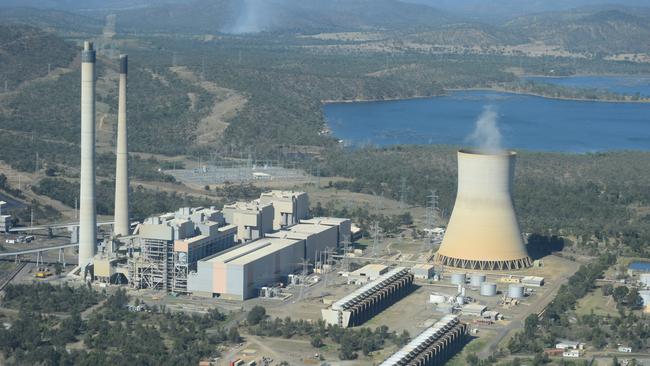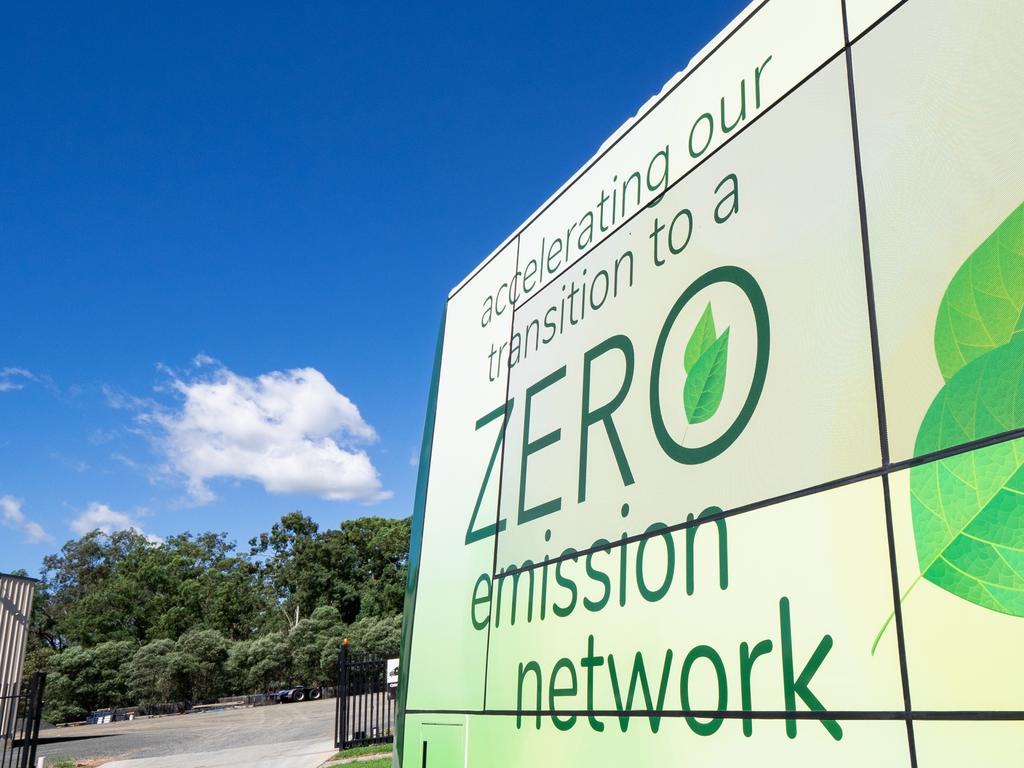Lockdown lift in sight as AEMO tests market
Nearly a week since the national electricity market was suspended for the first time, the AEMO has outlined a series of goals that need to be met before it will ease the restriction.

A lockdown of the national electricity market may be lifted once big power generators can demonstrate improved behaviour offering supplies to the market with the industry facing a 24 hour testing period before a decision is made, the Australian Energy Market Operator said.
The national electricity market was suspended on June 15 for the first time since its creation in 1998 and nearly a week on AEMO has outlined a series of goals that need to be met before it will ease the restriction.
A 24 hour monitoring regime will be in place to judge whether generators are actively bidding into the system with supplies and displaying better behaviour after Anthony Albanese accused generators of essentially “gaming the system” last week.
“AEMO held a briefing with industry today outlining the assessment criteria and a staged process to resume normal spot market operation in the National Electricity Market,” AEMO said.
“These criteria will provide indicators of the operability of the market under normal dispatch and pricing rules, to give AEMO sufficient confidence that it can end the market suspension with minimal risk of the same conditions re-emerging in the very short term.”
“After a series of checks and validations are complete, AEMO’s next step will be to move to a period of monitoring normal dispatch pricing within the suspension period, after notice to the market.”
Prior to the market suspension, a $300 per megawatt hour cap had been put in place in an attempt to restore order following a prolonged period of unusually high wholesale prices. However, that $300MWh price was seen as too low to cover costs for many companies which meant generators withheld up to 5 gigawatts of generation early last week to avoid running at a loss.
AEMO then forced generators to supply the market through daily interventions to avoid blackouts, creating a chaotic market and ultimately triggering the shutdown. Under the suspension, AEMO applied a predetermined pricing schedule for each state while a compensation regime will be applied for eligible generators who bid into the market.
The suspension has been reviewed daily and AEMO said it will look to resume operating the market normally as soon as it was practical.
AEMO was forced to intervene in the market up to 100 times a day to force generators to supply the market in recent weeks, 50 times the normal daily level.
The market operator said at the time that while the practice was “understandable”, with the high number of units that were out of service and the early onset of winter, the reliance on directions has made it impossible to continue normal operations.
The suspension has also tested AEMO‘s ability to execute other parts of its role. A string of project developers had their grid connection schedules delayed by a week due to the market operator’s focus on running the market.
Projects which are nearing completion in the market include Goldwind’s Stockyard Hill wind farm in Victoria and the Port Augusta renewable energy park in South Australia.
“AEMO is facing unprecedented operational challenges to maintain a reliable and secure electricity supply, including the need to manually dispatch large volumes of generation,” AEMO said in a statement over the delays.
“As market participants would appreciate, manual dispatching has required resources to be prioritised accordingly. While we commissioned more than 520 megawatts of new generation last week, we adjusted schedules for some plant to limit tests that may present a system security risk under the current strained system conditions and allocate resources to ensure overall system reliability and security.”
AEMO said it was commissioning 102MW of extra generation on Tuesday with a further 192MW due by the end of the week.








To join the conversation, please log in. Don't have an account? Register
Join the conversation, you are commenting as Logout